The Lhasa Apso, a breed with a rich history and a distinctive appearance, is a small dog with a big personality. Known for its long, flowing coat and lively demeanor, the Lhasa Apso has been a cherished companion in many households. This guide provides an in-depth look at the Lhasa Apso’s breed characteristics, history, care requirements, and more
History and Origin
The Lhasa Apso is an ancient breed that originated in Tibet. Historically, they were kept as watchdogs in the monasteries and were considered sacred. Their name, “Apso,” translates to “bearded dog” in Tibetan, which reflects their distinctive facial fur. The breed was traditionally a symbol of good fortune and was highly valued by Tibetan nobility. It wasn’t until the early 20th century that the breed began to gain popularity outside of Tibet.
Physical Characteristics
Size and Build
- Height: Typically between 10-11 inches (25-28 cm) at the shoulder.
- Weight: Generally ranges from 12-18 pounds (5.4-8.2 kg).
- Build: Compact and sturdy, the Lhasa Apso has a solid body and a slightly longer length than height.
Coat and Grooming
- Coat: The Lhasa Apso is renowned for its long, flowing double coat. It consists of a dense, woolly undercoat and a long, straight outer coat.
- Colors: Coat colors can include black, white, gold, gray, and various combinations.
- Grooming Needs: Regular grooming is essential to keep the Lhasa Apso’s coat in good condition. Daily brushing is recommended to prevent matting, and periodic trims help manage the length and maintain a healthy appearance.
Face and Expression
- Eyes: The eyes are dark, round, and expressive, often giving the Lhasa Apso a soulful appearance.
- Ears: Ears are long, covered with hair, and hang close to the head.
- Tail: The tail is carried over the back and is covered with long hair, adding to the breed’s elegant appearance.
Temperament and Personality
The Lhasa Apso is known for its confident and independent nature. They are loyal, affectionate with their families, and can be reserved around strangers. Despite their small size, they have a strong sense of self and can be quite assertive.
Behavior with Families
- Affectionate: Lhasa Apsos are deeply bonded with their families and can be very loving and protective.
- Playful: They enjoy interactive play and are known to be spirited and lively.
- Intelligent: They are quick learners but can be stubborn, so training should be consistent and positive.
Behavior with Children and Other Pets
- Children: Lhasa Apsos generally do well with children, especially if they are raised with them from an early age. They can be tolerant but might prefer a quieter environment.
- Other Pets: They may be cautious or territorial around other pets, especially if they are not accustomed to sharing their space. Early socialization can help.
Health and Care
Common Health Issues
Lhasa Apsos are prone to certain health conditions, including:
- Hip Dysplasia: A genetic condition affecting the hip joint.
- Eye Problems: Such as cataracts and progressive retinal atrophy (PRA).
- Allergies: Skin allergies can be a concern due to their dense coat.
- Ear Infections: Regular cleaning of their long ears is necessary to prevent infections.
Lifespan
- Average Lifespan: The Lhasa Apso typically lives between 12-15 years. With proper care, some can live even longer.
Exercise Needs
- Activity Level: While they have moderate exercise needs, Lhasa Apsos are adaptable to both active play and more sedentary lifestyles. Regular short walks and playtime are usually sufficient.
Diet and Nutrition
- Diet: A balanced diet tailored to their size, age, and activity level is important. High-quality dog food, appropriate portion sizes, and fresh water are key components of their nutrition.
Training and Socialization
Training
- Obedience Training: Lhasa Apsos are intelligent but can have a stubborn streak. Positive reinforcement methods work best. They respond well to consistent training but may need extra patience and creativity to maintain their interest.
Socialization
- Early Socialization: Introducing the Lhasa Apso to a variety of people, environments, and other animals early on can help them become well-adjusted adults. Socialization is crucial for developing a balanced temperament.
Living Conditions
The Lhasa Apso can adapt to various living environments, from apartments to larger homes. They are relatively low-energy indoors but benefit from regular activity. Due to their long coat, they are better suited to temperate climates or homes where they can be kept cool.
Conclusion
The Lhasa Apso is a delightful breed with a storied history and a unique appearance. With proper care, grooming, and attention, they make excellent companions for the right families. Their distinctive coat and vibrant personality make them a standout choice for those who appreciate a spirited, loyal, and affectionate pet.
Whether you’re considering adding a Lhasa Apso to your family or are simply interested in learning more about this charming breed, understanding their characteristics and needs is the first step to a successful and fulfilling relationship.





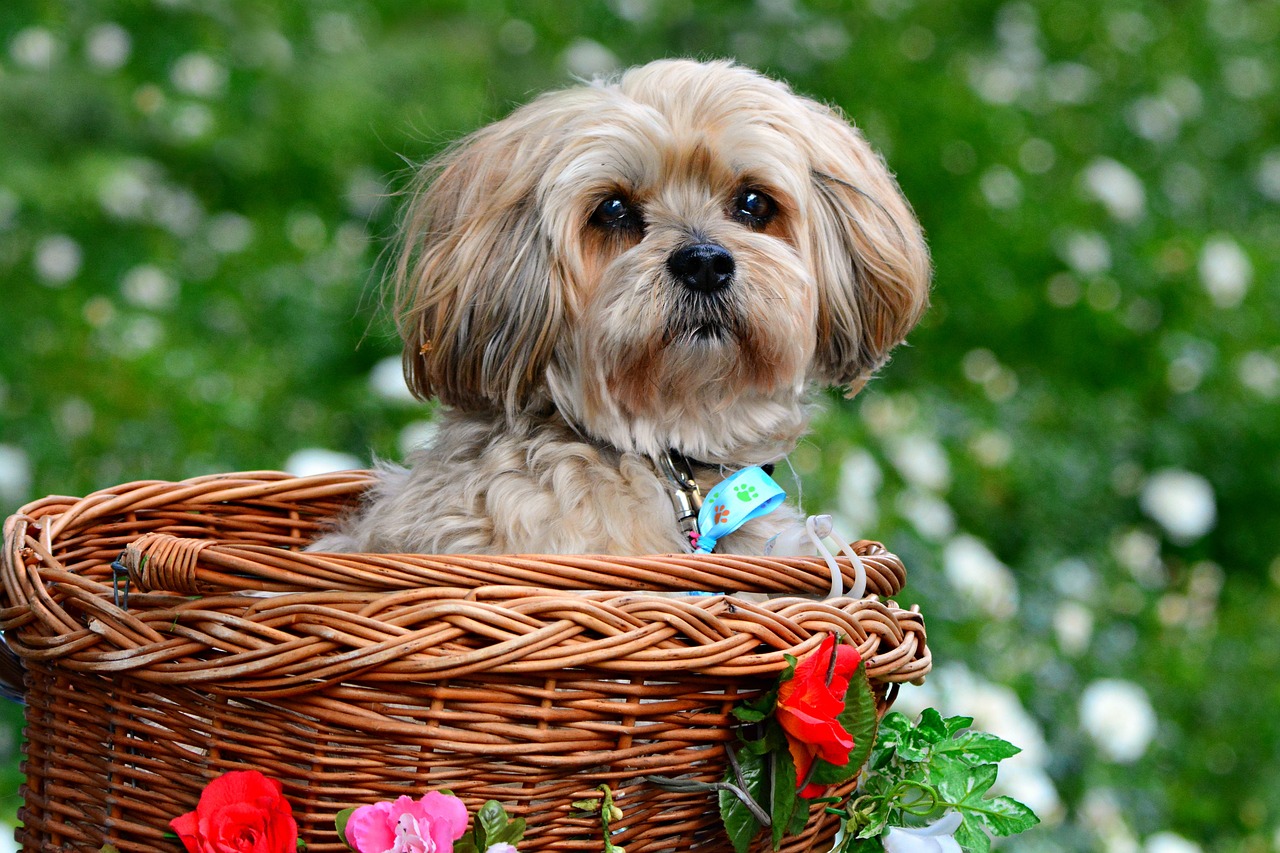

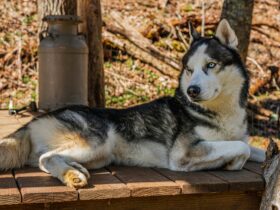
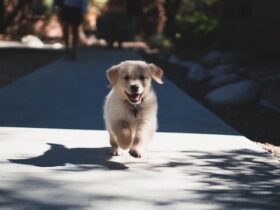
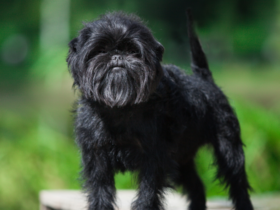
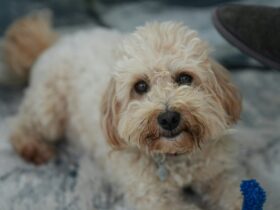
Leave a Reply